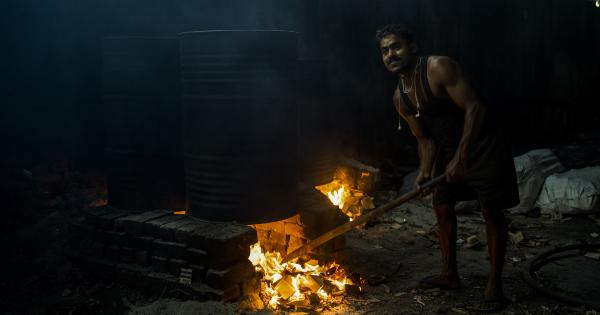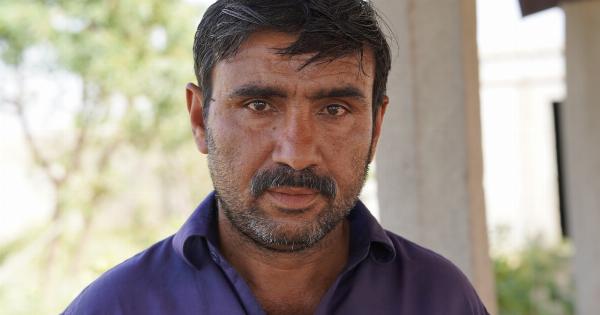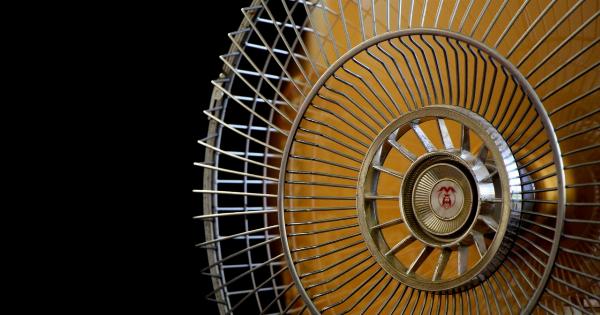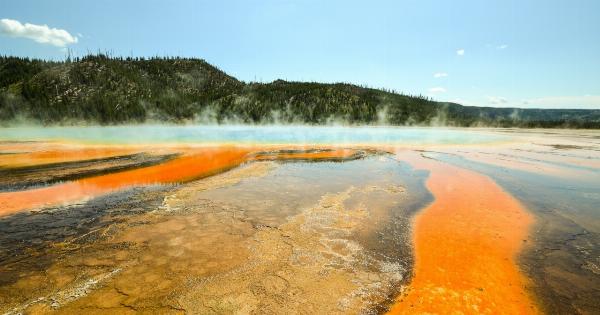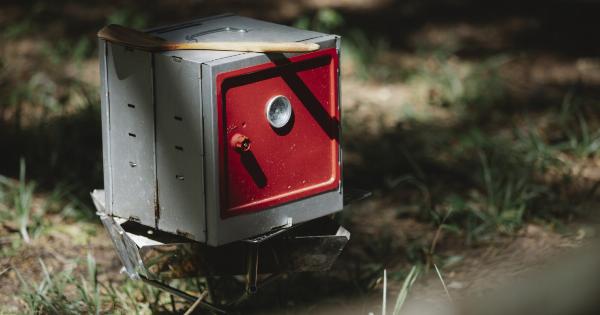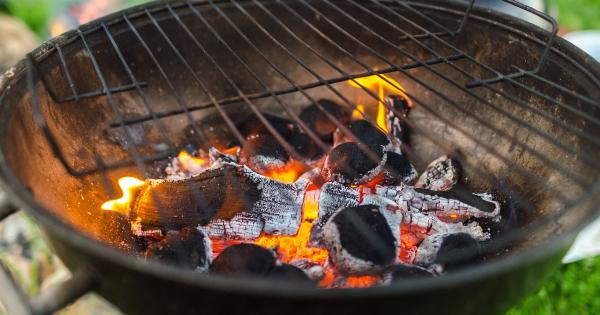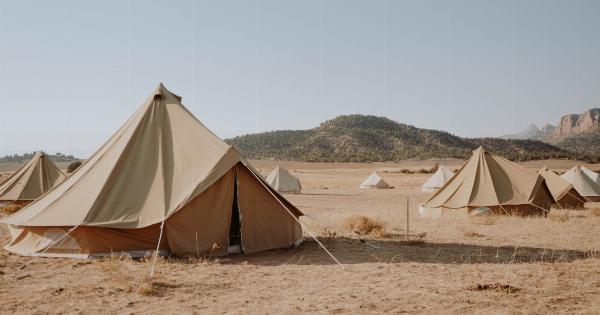As spring comes to an end and we enter into June, it’s time to start thinking about the first wave of summer heat. This period can bring about temperatures that are uncomfortable or even dangerous if you don’t take precautions.
From staying hydrated to staying indoors during the hottest parts of the day, there are several ways to prepare for this season’s heatwave. In this article, we’ll discuss what causes a heatwave, when and where it’s most likely to occur and ways you can stay safe when the temperatures rise.
What Causes a Heatwave?
Heatwaves are a natural weather phenomenon that typically occur during the summer months. They happen when a high-pressure system parks itself over a region and creates a dome of hot, dry air.
This dome traps in heat and causes temperatures to rise quickly. It can last for days or weeks depending on the location and can create dangerous situations for those who aren’t prepared.
When and Where Does a Heatwave Typically Occur?
Heatwaves can occur anywhere but they most commonly occur in regions that are closer to the equator. In North America, they tend to happen in July and August but can occur as early as June in some parts of the country.
Areas with heavy urbanization can also experience more intense heatwaves due to the urban heat island effect. This is when buildings and paved surfaces absorb and re-emit sunlight, heating up the surrounding area.
How to Prepare for a Heatwave
There are several ways to prepare for a heatwave to stay safe and healthy during the hot temperatures. Below is a list of tips for staying cool and comfortable:.
- Stay indoors during the hottest parts of the day (usually between 11 am to 4 pm)
- Drink plenty of water and avoid alcoholic or caffeine-heavy beverages as they can dehydrate you
- Wear light-colored and lightweight clothing to reflect sunlight and allow for better air circulation
- Use an air conditioner or fan to keep your home cool and comfortable
- Cool off in a pool, lake, or ocean if possible
- If you must go outside, wear a hat and sunglasses to protect your face and eyes from the sun
- Take cool showers or baths to lower your body temperature
- Avoid strenuous outdoor activities during the hottest parts of the day
Forecasting the First Wave of Summer Heat
With advances in technology and weather forecasting techniques, it’s possible to predict and prepare for heatwaves well in advance.
The National Oceanic and Atmospheric Administration (NOAA) uses computer models to forecast heatwaves up to four weeks in advance. These models look at a variety of factors such as sea level pressure, wind patterns, and ocean temperatures to predict where a heatwave will occur and how long it will last.
In the United States, the NOAA issues heat advisories and warnings when there is an imminent threat to human health from a heatwave.
These alerts provide information on how to stay safe during the high temperatures and urge people to take precautionary measures.
The Bottom Line
As we approach the first wave of summer heat, it’s important to stay informed about the weather conditions in your area and take steps to stay safe and comfortable.
From staying hydrated to avoiding strenuous outdoor activities during the hottest parts of the day, there are several ways to prepare for a heatwave. Make sure you’re taking the necessary precautions and stay safe during this hot season.







